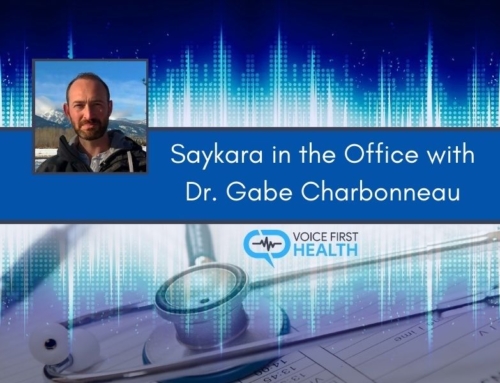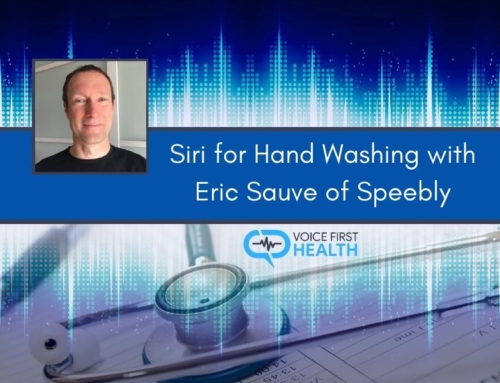VFH Episode 38
In this episode, Teri welcomes Mauricio Meza, the Co-Founder of Komodo OpenLab.
Mauricio is an experienced professional with MBA and biomedical engineering degrees. He worked as an assistive technology consultant for over a decade, recommending assistive technology to individuals with disabilities to help them complete their home, school and work activities.
Komodo OpenLab creates technologies that enable simple and easy access to smartphones and tablets for millions of people with mobility impairments, greatly enhancing their work, school and family lives with the rich and dynamic communication and productivity tools these mobile devices provide.
Their flagship product, Tecla, is an assistive device that gives people with upper-body mobility impairments the ability to fully access smart devices and technology at a fraction of the cost of traditional assistive devices.
Key points from Mauricio!
- Komodo OpenLab, through Tecla, is helping people who have mobility issues to leverage voice to make their lives much easier.
Starting Komodo OpenLab
- He formed the company with his classmate from Biomedical Engineering School.
- While working in the assistive technology field, he identified a big need for more accessible mobile technology. They started by making android devices accessible to people with critical disabilities.
- As technology progressed, they started getting into smart home technologies. They created Tecla to make mainstream technology accessible for those that have limited mobility.
- Komodo is now 8 years old and has three generations of products. Their latest generation of hardware is Tecla E, and it comes with companion apps for Android and iOS, which provides access to smart home devices. It is an integrated interface where people with mobility issues can have all their devices, and they can control them by blinking, blowing or through their wheelchair controllers.
Use Cases
- Tecla connects wirelessly to a person’s phone or tablet and then works with the accessibility service of the device to allow someone to navigate the interface in a more simple way. The user might then be able to control the device by blinking, blowing, or through their wheelchair controllers.
- Some Tecla devices are mounted on a user’s wheelchair and connected to their electronics. Others will have it mounted on their bedside table so they can use it from the bed.
Tecla’s Integration with Voice
- Voice technology has created an opportunity to make things more accessible. With the increased adoption of smart home devices, Tecla saw an opportunity to use the technology to make things more accessible for people with limited mobility.
- A lot of their users can still use their voices, for example, those with spinal cord injuries. They can use voice assistants to make phone calls and send text messages. They can also use them to control their lights, change their thermostat temperature, etc.
- They built the Alexa voice service into their app for use by people who may not have their voice devices with them at any one time.
- For users who have problems with their voices (e.g. speech impairments), Tecla has buttons that users can assign functions to, so they don’t have to use their voices. Users can use the buttons to give commands to their voice assistants.

Button Functions
- When a user adds their Alexa account into the Tecla app, they create a button and a sound file is generated with a specific message to Alexa. Every time the user activates that button, Tecla sends that sound file to the Alexa voice service so that Alexa can respond.
- The user doesn’t hear the sound being played to Alexa because it all happens in the back end.
Feedback From Users
- Users like Tecla’s simplicity compared to other systems. The Alexa set up is so much easier. Once a user enables Alexa and their Wi-Fi recognizes devices in their area and automatically adds them into their account, they just add their Alexa credentials and type the message that they would want to say to Alexa.
- Recently, a rehab center easily transitioned into using Tecla with the same Alexa devices that they were using.
Future Plans for Tecla
- They are trying to gain more visibility so they can get more users, because their solution is very niche.
- They work with rehab centers and recently partnered with Bell which is subsidizing the Tecla hardware for those users who would otherwise be unable to use a smartphone or tablet. They are seeking more partnerships that can help them reach more users.
- They are also looking into providing more services. Right now they have a remote monitoring feature which for example, enables a family to monitor their family member’s wheelchair to make sure that the environment around them, like the temperature, is safe.
Links and Resources in this Episode
- Tecla Website
- Mauricio’s Email – Mauricio@kmo.do









